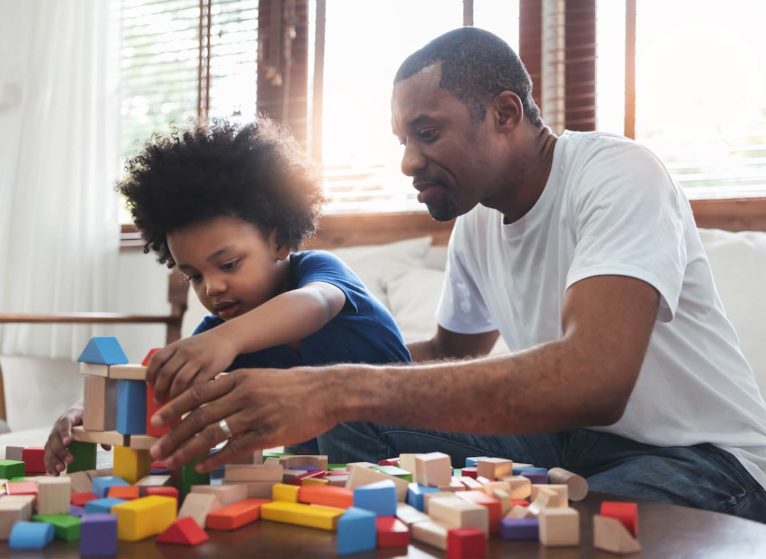We originally published this post in 2015. We updated for December 2021 to add more kids' toys safety advice from a UVA Today interview with Liz Horton (interviewed in 2019).
The holiday season is here! We're looking forward to spending time with family and friends, warming up next to the fireplace, and eating lots of good food. For many people, it's also time to shop for gifts.
With all of the excitement of celebrating the season, it’s important to keep safety in mind when shopping for toys for children.
Injuries from Kids' Toys
The Consumer Product Safety Commission (CPSC) tracked 256,700 toy-related injuries in the U.S. in 2013 among kids under the age of 15. Bicycles and non-motorized scooters are the most common culprits — these scooters caused 29% of injuries.
However, other toys can have hazards that may not seem so obvious. To help you identify these toys, the World Against Toys Causing Harm, Inc. (W.A.T.C.H) has published their 2021 list of the top 10 worst toys (PDF). They update this list each year before the holidays.
SAFE TOY TIPS
Amanda Simas, Child Life Specialist at UVA Health Children’s, and Liz Horton, UVA Health’s injury prevention coordinator, give the following advice for keeping your kids safe with their new toys:
- All toys are not safe for all children. If the age suggestion on the packaging says 6+, then it’s not safe for a 4-year-old.
- Toys with small parts that can fit in a paper towel tube could be a choking hazard to a child under 3.
- Toys with strings or ropes could be dangerous, too. A string longer than 7 inches can wrap around a child’s neck. An adult should always supervise children playing with string-attached toys.
- Toys with wheels, like scooters or bikes, should come with an approved helmet to properly protect a child’s developing brain.
- All-terrain vehicles (ATVs) should never be used by children under age 6, even as a passenger. And children under 16 should never be on an adult-size ATV.
- Avoid toys with button batteries or magnets — these can be harmful or fatal if swallowed.
Lead poisoning
Horton reminds us that lead poisoning is still something to be aware of, especially when buying gifts from places outside of the U.S., or older, used kids toys. Thrift stores or yard sales could have older items containing lead paint before it was banned.
Contact your child’s primary care office if you’re concerned about your child being exposed to lead. They can test your child’s blood to see if there’s been an exposure, as children don’t normally show symptoms.
The Latest Toy Safety Information
Check the CPSC website for the latest product recalls and information regarding product safety.
Craft Items
Only purchase products with no warnings and a label that states “Conforms to ASTM D-4236.” This label means a board-certified toxicologist has evaluated the art materials for potential hazards to the consumer.
When used in an unintended way, even “non-toxic” products with a label can have harmful effects, Horton notes. An adult should be present during craft time, especially when there are small pieces that children under 6 can put in their mouths, becoming a choking hazard.
We hope all of our readers enjoy a happy, joyous and safe holiday season!


